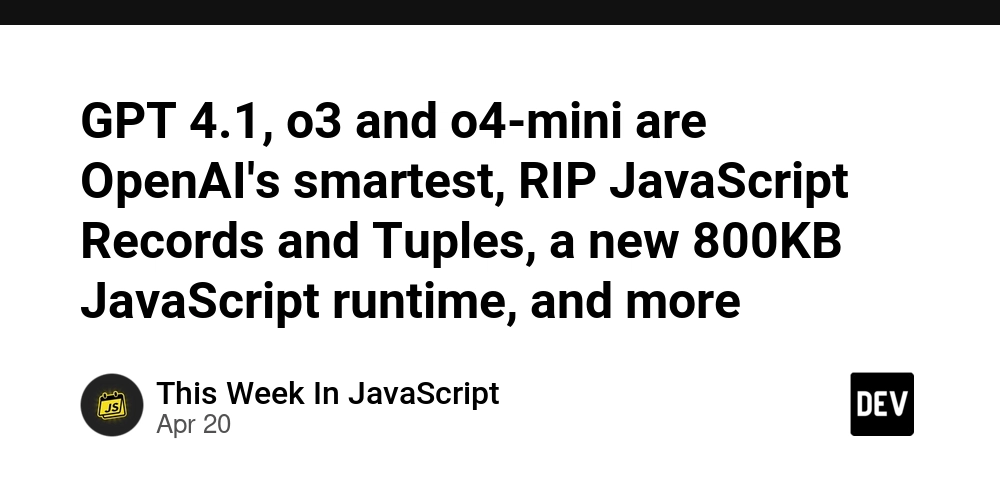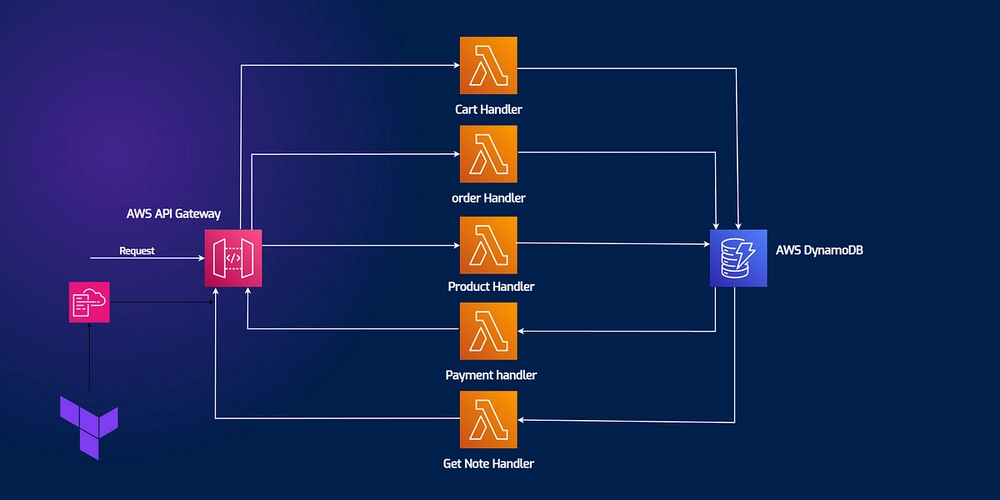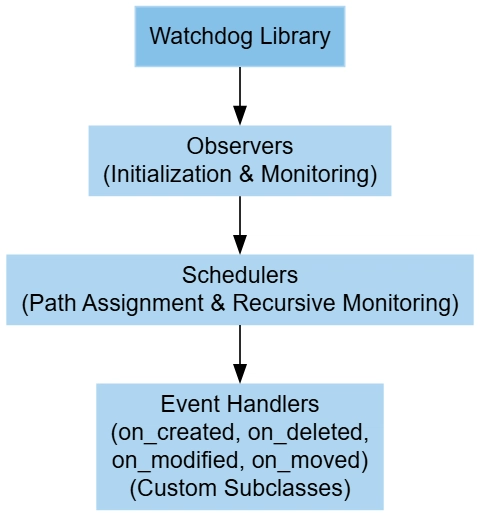GPT 4.1, o3 and o4-mini are OpenAI's smartest, RIP JavaScript Records and Tuples, a new 800KB JavaScript runtime, and more
Hello JavaScript Enthusiasts! Welcome to this week's edition of "This Week in JavaScript"! Today, we're exploring OpenAI's groundbreaking new models, important TC39 decisions, and a new high-performance JavaScript engine—plus exciting tool updates you won't want to miss! GPT-4.1, o3 and o4-mini, and Codex CLI: OpenAI’s Smartest Developer Tools Together, these models and tools mark a shift from passive code suggestions to active, tool-using AI assistants that understand codebases, generate clean diffs, analyze logs, and even operate within the terminal. For JavaScript, full-stack, and backend developers, the implications are huge. GPT-4.1: Smarter, more precise, and built for real codebases GPT-4.1 introduces major upgrades that solve long-standing pain points in coding workflows: A 1 million token context window allows the model to work with entire codebases, multi-file apps, or full project documentation in a single go. \ On the SWE-bench benchmark, GPT-4.1 hits 54.6% accuracy—a jump from GPT-4’s 33%. That means it solves far more real-world engineering tasks out of the box. \ The model is trained for diff-style editing, which means instead of rewriting entire files, it returns clean, minimal code changes that can be reviewed or merged directly. \ o3 and o4-mini: Agents that Think, Plan, and Act The o-series models add a layer of intelligent behavior that goes beyond code generation. These models can: Browse the web to fetch documentation or troubleshoot errors Analyze uploaded files, logs, or datasets using Python Understand screenshots and generate matching code or visuals Create and manipulate images using DALL·E—all within the same conversation \ What makes them stand out is agentic behavior: the ability to reason through a problem, choose the right tools, and take action across multiple steps. For development use cases, this means: Generating a custom Express backend with route logic and middleware Analyzing error logs from production and returning structured insights Translating hand-drawn wireframes into deployable front-end layouts \ This level of coordination turns the models into powerful assistants across the full software workflow. Codex CLI: AI Agent in the Terminal Codex CLI is a lightweight coding agent that runs locally in the terminal and connects to the user’s file system. It uses GPT-4.1 or o3 to interact with files, execute commands, and edit code through natural language instructions. Key capabilities include: Writing new features with natural prompts Searching and summarizing code across large projects Running scripts and interpreting outputs Generating tests, documentation, and config files with minimal input \ Codex CLI is fully open-source, and OpenAI is supporting its growth with a $1 million fund for projects built on top of it. Why This Matters This launch moves AI tools from reactive helpers to active collaborators. Instead of suggesting code in isolation, the models now understand context, plan across multiple steps, and even execute tasks locally via Codex CLI. The improvements in accuracy, reasoning, and usability make it possible to: Build faster Debug with fewer mistakes Create more consistent, production-ready outputs \ For developers working in JavaScript, TypeScript, Python, or mixed stacks, this release offers a toolkit that integrates directly into existing workflows—and makes AI a far more practical part of daily development. JavaScript Records and Tuples are Dead At this month’s TC39 meeting, a major proposal was officially withdrawn: Records and Tuples, a long-running effort to bring deeply immutable data structures to JavaScript, has been shelved after several years of exploration. But while one door closes, several new ones open. Records and Tuples: Proposal Withdrawn After Stalling at Stage 2 The Records and Tuples proposal aimed to introduce new primitive types for immutable values using special syntax like #{ x: 1 } and #[1, 2, 3 ]. It promised value-based equality and structural sharing—features developers often reach for when modeling data. But the core idea faced growing concerns: It introduced new primitive types to the language It required new syntax that many found awkward It posed challenges for developer tooling and interop \ Despite years of refinement, the proposal failed to gain enough support to progress beyond Stage 2. As a result, it’s been withdrawn entirely. The functionality it aimed to deliver may return in a different form through Composite Keys, which offer value-based equality using regular JavaScript objects. Enums: TypeScript-Style Enums Enter Stage 1 A new Enum proposal has entered Stage 1, with the goal of bringing built-in enum support to JavaScript. The idea is to introduce a native enum syntax that aligns closely with TypeScript’s existing enum feature. This could mean: Cleaner declaration of constant sets Better runtime compatibility with TypeScript enums Easie

Hello JavaScript Enthusiasts!
Welcome to this week's edition of "This Week in JavaScript"!
Today, we're exploring OpenAI's groundbreaking new models, important TC39 decisions, and a new high-performance JavaScript engine—plus exciting tool updates you won't want to miss!
GPT-4.1, o3 and o4-mini, and Codex CLI: OpenAI’s Smartest Developer Tools
Together, these models and tools mark a shift from passive code suggestions to active, tool-using AI assistants that understand codebases, generate clean diffs, analyze logs, and even operate within the terminal.
For JavaScript, full-stack, and backend developers, the implications are huge.
GPT-4.1: Smarter, more precise, and built for real codebases
GPT-4.1 introduces major upgrades that solve long-standing pain points in coding workflows:
A 1 million token context window allows the model to work with entire codebases, multi-file apps, or full project documentation in a single go. \
On the SWE-bench benchmark, GPT-4.1 hits 54.6% accuracy—a jump from GPT-4’s 33%. That means it solves far more real-world engineering tasks out of the box. \
The model is trained for diff-style editing, which means instead of rewriting entire files, it returns clean, minimal code changes that can be reviewed or merged directly. \
o3 and o4-mini: Agents that Think, Plan, and Act
The o-series models add a layer of intelligent behavior that goes beyond code generation.
These models can:
- Browse the web to fetch documentation or troubleshoot errors
- Analyze uploaded files, logs, or datasets using Python
- Understand screenshots and generate matching code or visuals
- Create and manipulate images using DALL·E—all within the same conversation \
What makes them stand out is agentic behavior: the ability to reason through a problem, choose the right tools, and take action across multiple steps.
For development use cases, this means:
- Generating a custom Express backend with route logic and middleware
- Analyzing error logs from production and returning structured insights
- Translating hand-drawn wireframes into deployable front-end layouts \
This level of coordination turns the models into powerful assistants across the full software workflow.
Codex CLI: AI Agent in the Terminal
Codex CLI is a lightweight coding agent that runs locally in the terminal and connects to the user’s file system. It uses GPT-4.1 or o3 to interact with files, execute commands, and edit code through natural language instructions.
Key capabilities include:
- Writing new features with natural prompts
- Searching and summarizing code across large projects
- Running scripts and interpreting outputs
- Generating tests, documentation, and config files with minimal input \
Codex CLI is fully open-source, and OpenAI is supporting its growth with a $1 million fund for projects built on top of it.
Why This Matters
This launch moves AI tools from reactive helpers to active collaborators. Instead of suggesting code in isolation, the models now understand context, plan across multiple steps, and even execute tasks locally via Codex CLI.
The improvements in accuracy, reasoning, and usability make it possible to:
- Build faster
- Debug with fewer mistakes
- Create more consistent, production-ready outputs \
For developers working in JavaScript, TypeScript, Python, or mixed stacks, this release offers a toolkit that integrates directly into existing workflows—and makes AI a far more practical part of daily development.
JavaScript Records and Tuples are Dead
At this month’s TC39 meeting, a major proposal was officially withdrawn: Records and Tuples, a long-running effort to bring deeply immutable data structures to JavaScript, has been shelved after several years of exploration.
But while one door closes, several new ones open.
Records and Tuples: Proposal Withdrawn After Stalling at Stage 2
The Records and Tuples proposal aimed to introduce new primitive types for immutable values using special syntax like #{ x: 1 } and #[1, 2, 3 ]. It promised value-based equality and structural sharing—features developers often reach for when modeling data.
But the core idea faced growing concerns:
- It introduced new primitive types to the language
- It required new syntax that many found awkward
- It posed challenges for developer tooling and interop \
Despite years of refinement, the proposal failed to gain enough support to progress beyond Stage 2. As a result, it’s been withdrawn entirely.
The functionality it aimed to deliver may return in a different form through Composite Keys, which offer value-based equality using regular JavaScript objects.
Enums: TypeScript-Style Enums Enter Stage 1
A new Enum proposal has entered Stage 1, with the goal of bringing built-in enum support to JavaScript. The idea is to introduce a native enum syntax that aligns closely with TypeScript’s existing enum feature.
This could mean:
- Cleaner declaration of constant sets
- Better runtime compatibility with TypeScript enums
- Easier modeling of state machines, role types, or status codes \
While the exact design is still evolving, the proposal advancing to Stage 1 signals serious interest in making enums part of the language natively.
Deferred Re-exports: More Efficient Module Loading
JavaScript modules may soon get a performance upgrade. The Deferred Re-exports proposal has reached Stage 2 and introduces the ability to selectively lazy-load re-exports.
This means developers could write:
export defer { heavyTool } from './expensive.js';
export { fastTool } from './light.js';
With this syntax, expensive.js will only load if heavyTool is actually imported. This opens the door to better tree-shaking, faster startup times, and smarter bundling strategies, especially in large libraries and frameworks.
Map Upsert: Cleaner and Faster Key Management
The Upsert proposal is nearing Stage 3 and would give developers a long-awaited method: Map.prototype.getOrInsert.
This pattern:
if (!map.has(key)) {
map.set(key, defaultValue);
}
return map.get(key);
Could become a single line:
map.getOrInsert(key, () => defaultValue);
It’s more concise, avoids repeated lookups, and mirrors behavior found in other languages like Python and Rust. Great for caches, counters, and any scenario where maps are used as dynamic stores.
Composite Keys: Value-Based Equality Without New Primitives
Stepping in as a spiritual successor to Records and Tuples, Composite Keys have now entered Stage 1. They offer a new way to create objects that behave like value types—meaning two objects with the same structure and values will be considered equal.
const one = Composite({ x: 1, y: 2 });
const two = Composite({ x: 1, y: 2 });
Composite.equal(one, two); // true
These can be used as Map or Set keys with value-based comparison, something that’s currently impossible with standard objects. If successful, this proposal could finally give JavaScript a clean and efficient way to model compound keys without resorting to stringification hacks.
What This Means for Developers
The withdrawal of Records and Tuples may seem like a setback, but the momentum around Enums, Upsert, Composites, and smarter module loading shows TC39 is still actively evolving JavaScript toward more ergonomic, high-performance patterns.
Many of these changes align closely with TypeScript workflows, making the future of JavaScript feel more familiar, more efficient, and more expressive.
Keep an eye on these proposals. If they hit Stage 3 or 4 in the coming months, they could soon land in browsers, Node, or your next bundler release.
Hako: A High-Performance JavaScript Engine in a 800KB Box
Hako is a new JavaScript engine focused on portability, performance, and security. Forked from PrimJS (an optimized QuickJS), it’s designed for embedding into any application with minimal overhead and maximum control.
Key highlights:
WebAssembly-first architecture: Hako compiles to WASM, making it platform-agnostic and embeddable in any environment that supports WebAssembly. No need for native builds or complex bindings. \
Built-in sandboxing and resource control: Runs securely within a WASM sandbox, with support for memory limits, execution quotas, and fail-fast controls to prevent abuse or denial-of-service scenarios. \
Compact and fast: Weighs in at just ~800KB, starts quickly, and supports spinning up hundreds of lightweight VM instances. Ideal for plugins, serverless functions, and edge runtimes. \
28% faster than QuickJS: Thanks to an improved interpreter and true garbage collection, Hako outperforms QuickJS in key benchmarks while retaining similar language coverage. \
Modern JavaScript support: Supports ES2019+ features like modules, async/await, generators, BigInt, and more. Runs most modern JS code without issues. \
Built-in debugging tools: Offers Chrome DevTools Protocol (CDP) support, allowing remote debugging via Chrome or VS Code. Rare among lightweight JS engines. \
Hako is best suited for developers building plugin systems, secure code sandboxes, lightweight REPLs, or cross-platform applications where running modern JS safely and efficiently is essential, and is faster than QuickJS, safer than Duktape, far lighter than V8, and more portable than Hermes.
Tools & Releases You Should Know About
Astro 5.7: Introduces an experimental Fonts API supporting Google, Fontsource, and local files, plus a now-stable Sessions API for server-side data storage without cookies. SVG files can now be used directly as components. \
WebStorm 2025.1: JetBrains' first major release of the year brings Claude model support to their AI Assistant, local model connections through Ollama, and improved Angular 17.2 signal query support. \
tldts 7.0: This URL parsing utility now processes domains in microseconds with full Unicode compatibility, while adding email parsing and IPv6 detection. \
Redux Toolkit 2.7: Adds Standard Schema validation support for RTK Query endpoints and fixes several bugs with infinite queries. \
Babylon.js 8.3: Graphics improvements include native copy texture protocol and new post-processes like FXAA and film grain. \
Bun v1.2.10: A mind-blowing performance boost for setImmediate (74 seconds → 4 milliseconds) makes Next.js builds 10% faster on macOS.
That's it for this week's "This Week in JavaScript"!
Thanks for reading! Feel free to share this newsletter with a fellow developer, and make sure you're subscribed to get notified about the next issue.
Until next time, happy coding!









































































































































































![[The AI Show Episode 144]: ChatGPT’s New Memory, Shopify CEO’s Leaked “AI First” Memo, Google Cloud Next Releases, o3 and o4-mini Coming Soon & Llama 4’s Rocky Launch](https://www.marketingaiinstitute.com/hubfs/ep%20144%20cover.png)



























































































































![[DEALS] The All-in-One Microsoft Office Pro 2019 for Windows: Lifetime License + Windows 11 Pro Bundle (89% off) & Other Deals Up To 98% Off](https://www.javacodegeeks.com/wp-content/uploads/2012/12/jcg-logo.jpg)


















































































































































_Andreas_Prott_Alamy.jpg?width=1280&auto=webp&quality=80&disable=upscale#)

































































































![What features do you get with Gemini Advanced? [April 2025]](https://i0.wp.com/9to5google.com/wp-content/uploads/sites/4/2024/02/gemini-advanced-cover.jpg?resize=1200%2C628&quality=82&strip=all&ssl=1)











![Apple Shares Official Trailer for 'Long Way Home' Starring Ewan McGregor and Charley Boorman [Video]](https://www.iclarified.com/images/news/97069/97069/97069-640.jpg)
![Apple Watch Series 10 Back On Sale for $299! [Lowest Price Ever]](https://www.iclarified.com/images/news/96657/96657/96657-640.jpg)
![EU Postpones Apple App Store Fines Amid Tariff Negotiations [Report]](https://www.iclarified.com/images/news/97068/97068/97068-640.jpg)


































































































































